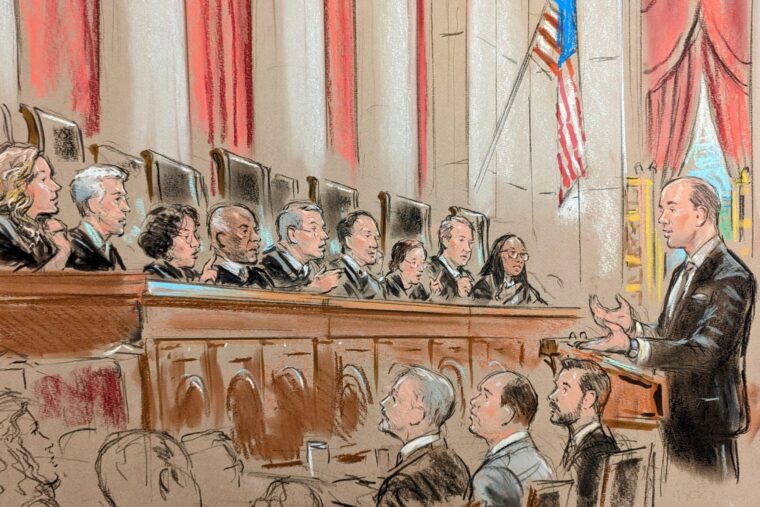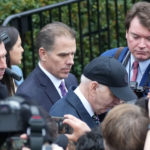Friday brought a rare instance of a no-nonsense Supreme Court decision unambiguously reversing prior precedent in a way that has far-reaching consequences–but maybe not for gun policy.
Loper v. Raimondo saw the Court stating, in no uncertain terms, that Chevron, “a decaying husk with bold pretensions,” is overruled. Twitter–and my email inbox–were ablaze with theories about what this might mean for gun litigation. In all likelihood, though, the impact on Second Amendment cases will be more muted than many expect.
It’s easy to understand why people might think Chevron would have had an outsized impact on the firearm space. After all, it seems as though the ATF–an administrative agency–has been the primary source of tumult for gun owners over the last three administrations. Where an admin agency is the source of pain, it seems natural to presume a legal concept that advantages administrative agencies would be a huge lever in that conflict. But practitioners and astute spectators alike would observe that Chevron hasn’t been invoked in the gun space very often at all.
Simply stated, Chevron’s death won’t be as dramatic as some commentators expect in the gun law arena largely because the ATF has been expressly disclaiming and attempting to avoid its application for years. Likely knowing Chevron was on shaky ground, and because its application to laws with criminal penalties is inappropriate, the government has fairly consistently simply asserted in gun cases that its legal arguments are ordinary legal arguments rather than agency arguments entitled to deference under Chevron.
By Matt Larosiere



